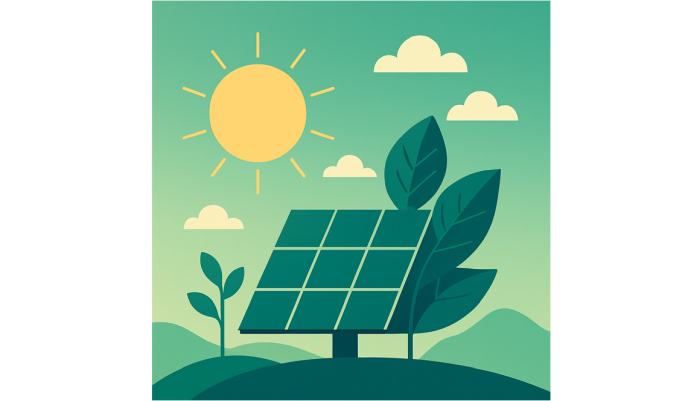The SiLEAN project focuses on the development of the next generation of silicon heterojunction (SHJ) solar cell technology, aiming to significantly enhance efficiency while drastically reducing dependence on critical raw materials.
At the core of the SiLEAN strategy is the substitution of traditional, energy-intensive silicon wafers with epitaxially grown wafers from NexWafe. Combined with the elimination of silver and indium in cell manufacturing, this innovation will strengthen Europe’s resilience, supply security, and sustainability across the photovoltaic (PV) value chain.
In a recent assessment conducted by TU Delft, the raw materials used in PV module production were evaluated for supply risk and economic importance using a hybrid criticality assessment method.
Key findings include:
- Indium, bismuth, and refined silicon metal present high supply risks due to the geographic concentration of mining, refining, and reserves. This exposes Europe to vulnerabilities related to trade restrictions and geopolitical uncertainties.
- Aluminium and indium are also of high economic importance, driven by demand across multiple sectors and price sensitivity due to supply-demand fluctuations.
- Silica sand, critical for solar glass production, is highlighted as strategically important due to its essential role and lack of viable alternatives.
The SiLEAN technology’s material efficiency was benchmarked against commercial PV technologies by comparing their resource-use criticality, measured in kilograms of silicon equivalent per kilowatt-peak. SiLEAN’s resource-use criticality stands at 5.2 kg Si-eq/kWp, marking a nearly 80% reduction compared to state-of-the-art SHJ solar cells.
This substantial decrease is largely due to:
- Replacing indium and silver with more abundant materials such as zinc and copper.
- Engineering innovations like thinner wafers, higher cell efficiency, and the use of bismuth-free solder alloys.
Read the full report here.
The SiLEAN project continues to demonstrate how targeted innovation in material selection and process efficiency can dramatically improve the sustainability and scalability of solar technologies!


